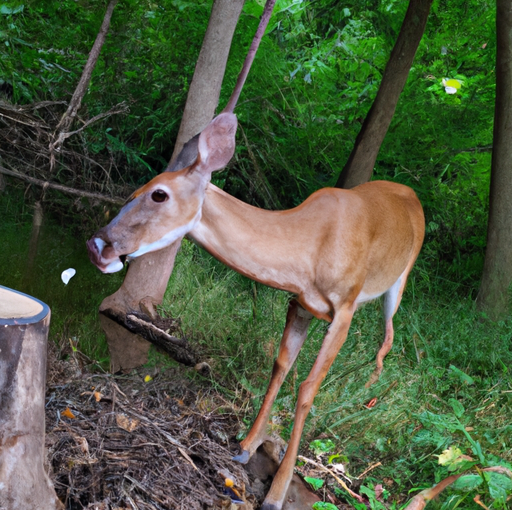Where to Spot Wisconsin Wildlife
Wisconsin is home to a wide variety of wildlife, ranging from majestic eagles and white-tailed deer to more obscure species like painted turtles and peregrine falcons. This unique wildlife can be found throughout the state, from urban parks to remote forests.
In the north, the Chequamegon-Nicolet National Forest is a great place to spot wildlife. This 1.5 million-acre expanse of old-growth forests, wetlands, and rivers is home to a variety of species, including elk, wolves, and black bears. Further south, the Horicon Marsh offers plenty of opportunities to observe wildlife. This 32,000-acre marsh is home to hundreds of bird species, including ospreys, herons, and snowy egrets. In the central and southern parts of the state, the Lower Wisconsin Riverway is a great place to spot bald eagles, beavers, and river otters.
The Benefits of Experiencing Wisconsin Wildlife
Spending time in nature can be an incredibly rewarding experience. Experiencing Wisconsin’s unique wildlife can help us reconnect with our natural surroundings and appreciate the beauty and complexity of the natural world. Watching wildlife can also be a great way to relax and unwind. Studies have shown that simply being in nature can reduce stress and improve mental health.
In addition to the mental health benefits, getting out into nature can also be beneficial for physical health. Studies have found that spending time outside can help reduce blood pressure and improve cardiovascular health.
Common Wildlife Species Found in Wisconsin
Wisconsin is home to a variety of mammals, birds, reptiles, and amphibians. Some of the most common species found in the state include white-tailed deer, red foxes, river otters, beavers, raccoons, and grey wolves.
The state is also home to a wide variety of bird species, including eagles, ospreys, herons, and sandhill cranes. There are also plenty of reptiles and amphibians, such as painted turtles, American toads, and garter snakes.
Tips for Responsible Wildlife Watching
When watching wildlife, it’s important to remember to be respectful of the animals and their habitats. Here are a few tips for responsible wildlife watching:
- Keep a respectful distance from the animals. Make sure not to disturb their natural behavior.
- Be aware of your presence. Make sure not to make loud noises or sudden movements that could startle the animals.
- Leave the area as it was. Don’t leave behind any trash or disturb the natural habitat.
- Be aware of the weather. Keep an eye on the forecast and be prepared for changing conditions.
By following these tips, you can ensure that you have a safe and enjoyable experience while appreciating Wisconsin’s unique wildlife. Whether you’re visiting one of the state’s many national parks or exploring a local wildlife refuge, there are plenty of opportunities to experience the beauty and diversity of Wisconsin’s wildlife.





